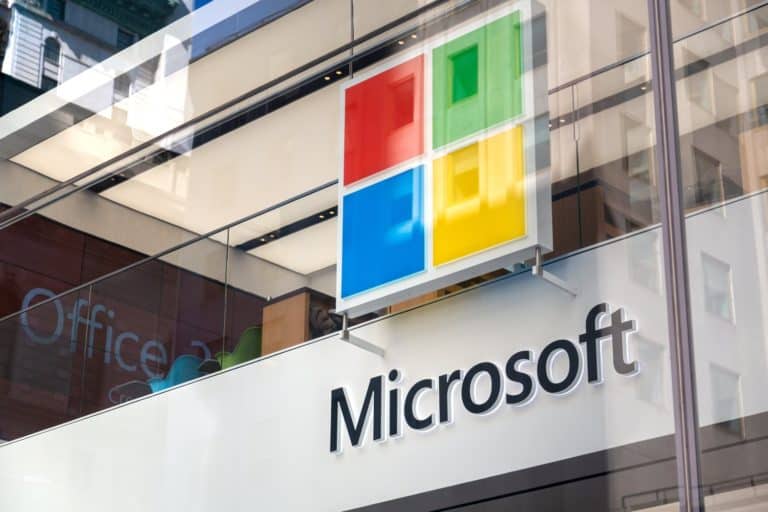The release of this key component of Windows Virtual Desktop has been two years in the making.
For the past few years, Microsoft has been teasing us about the imminent release of a key component of Windows Virtual Desktop (WVD). The feature is called MSIX app attach and it promises to improve the performance and manageability of Microft’s WVD service.
This week Microsoft finally made good on those promises.
Windows Virtual Desktop is an Azure-based service. It enables users to virtualize their Windows desktop, Office apps and other third-party applications by running them remotely in Azure virtual machines. Microsoft made WVD generally available globally in the fall of 2019, and has been foretelling the release of MSIX app attach ever since.
Building on the Windows Virtual Desktop experience
Microsoft’s Stefan Georgiev announced the general release of MSIX App Attach in a blog post this week. “We’re excited to announce that MSIX app attach for Windows Virtual Desktop is now generally available!” Georgiev said. “MSIX app attach in Windows Virtual Desktop builds on top of MSIX and existing Windows Virtual Desktop features to dynamically deliver MSIX packaged applications to users.”
MSIX app attach in Windows Virtual Desktop offers users a way to manage MSIX app attach with the Windows Virtual Desktop management UI (user interface). It also provides the ability to assign MSIX applications to users and user group. The feature also enables the delivery of MSIX applications to users through both RemoteApps and Remote Desktop. It also offers users new ways to use the Windows Virtual Desktop service and its features, according to Georgiev.
MSIX App Attach enables users to skip having to maintain multiple master images for different applications and/or the ability to package all their virtualized apps into a single image. App Attach enables packaged applications to be stored outside a virtual machine so that each application can attach itself when users need it.
MSIX app attach is a step beyond traditional app layering and app streaming, according to Microsoft. Their execs claim it is a key piece of Microsoft’s strategy to separate user data, apps and the underlying operating system.
